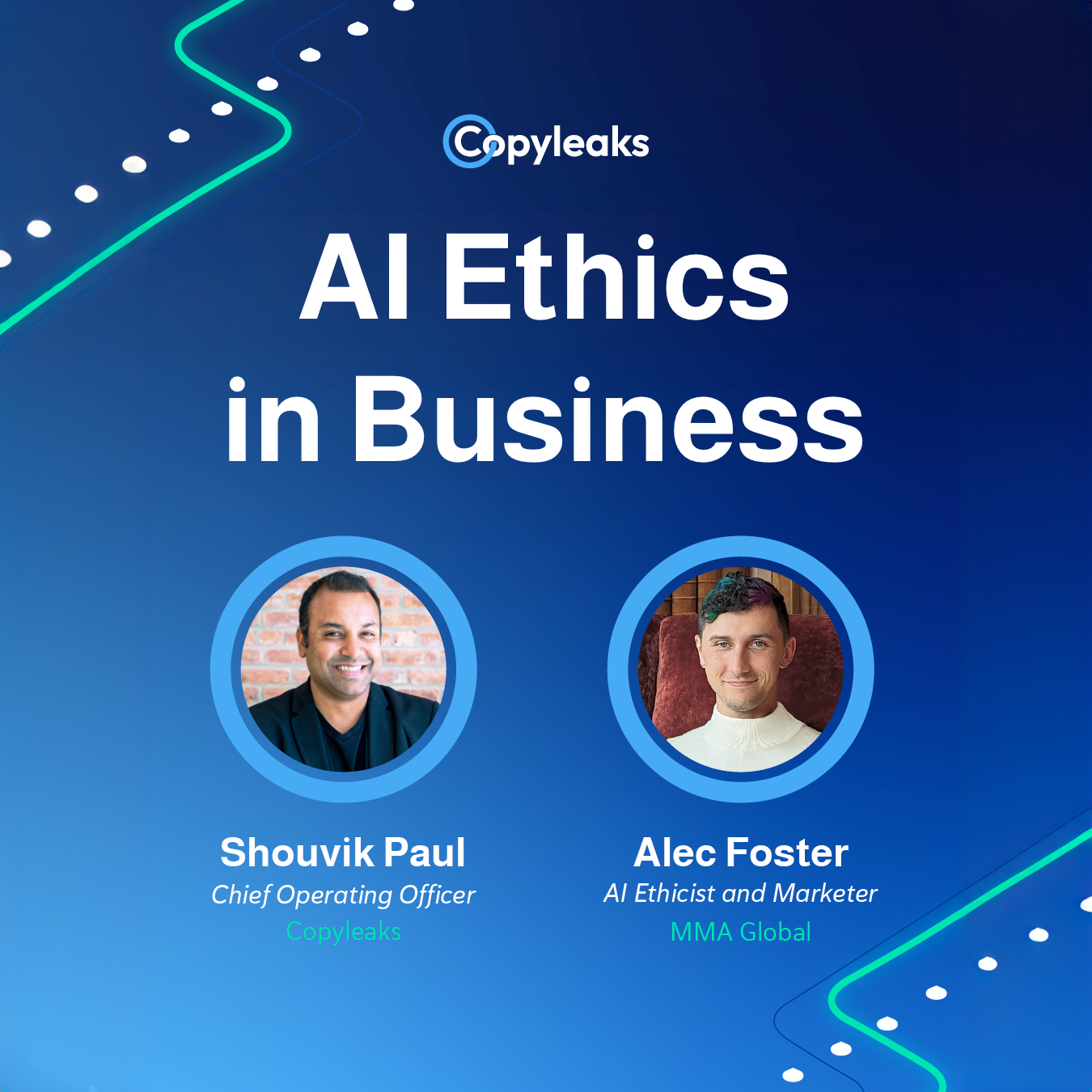Home ➤ Blog ➤ Marketing Tactics ➤ Is Your Smartphone Listening? Myth vs. Reality

Is Your Smartphone Listening? Myth vs. Reality
Alec Foster • 2023-07-25
Marketing Tactics, Privacy, Advertising
Note: the views expressed in this blog post are mine alone and do not represent the positions of any employer – past, present, or future.
Ever found yourself in a situation where you're discussing a topic, and suddenly, you start seeing ads related to that topic on your social media feeds? It's happened to me too. After a music festival where I helped build an art installation, I was (hilariously) flooded with ads for bulk nitrous oxide on Instagram. And just this week, after sharing a link to an e-bike I liked with someone, I was bombarded with ads for alternative e-bikes on Facebook.
As a seasoned marketer and certified privacy professional, I frequently encounter this question: Are our phones actively listening to our conversations to deliver highly targeted ads?
The answer is more nuanced than a simple yes or no. While our smartphones do have the capability to listen to us, they're not doing so to serve us ads. Virtual assistants like Siri and Google Assistant are always listening for their wake words ("Hey Siri" or "Okay Google"), but they're not recording everything we say. In fact, any app with access to your microphone can listen if you permit it. However, this doesn't mean they're always listening or using your conversations for ad targeting.
Here’s the thing – we are exposed to hundreds of ads daily, but only a few make an impression. We only remember the ones that seem perfectly tailored to our interests and recent activities. But there are hundreds more where the targeting misses the mark. Wouldn’t we see more highly targeted ads if our phones listened to our conversations?
So, how does it actually work? It's all about data and sophisticated marketing techniques:
- Retargeting: Marketers display ads to individuals who have previously interacted with a brand or its website. This keeps the brand fresh in the consumer's mind and increases the chances of conversion.
- Lookalike audiences: Marketers create audiences that closely resemble their existing customers. By analyzing customer characteristics and behaviors, they can deliver ads to users with similar traits, increasing the likelihood of engagement and conversion.
- Website Visits and Tracking Pixels: Marketers gain insights into customer preferences through the use of tracking pixels installed by publishers on their websites. These tracking pixels, often from platforms like Meta and Google, allow marketers to measure site analytics and target ads more effectively. Meta and Google use the data collected from these pixels to build detailed profiles on website visitors, which marketers can then use to tailor their advertisements accordingly.
- Interest-based targeting: By leveraging the vast amount of data available, marketers can identify users' specific interests and deliver ads that align with these interests. This ensures relevance and increases the likelihood of conversion.
- Third-party audience lists and Demand Side Platforms (DSPs): Marketers collaborate with third-party data providers to access comprehensive interest lists. This allows for accurate ad targeting based on users' specific interests and behaviors.
- WiFi-based targeting: Marketers utilize WiFi signals to target individuals based on their physical location. This ensures that ads are delivered to users in specific areas or establishments.
So, while it might feel like our phones are eavesdropping on us, the reality is that marketers are just really good at their jobs. They use a range of sophisticated techniques to understand our behaviors and interests and try to deliver relevant ads. However, most of these still miss the mark, so we hardly remember them.
While it may sometimes seem as if our phones are eavesdropping on us, the truth is that marketers are simply leveraging their expertise. They employ various advanced techniques to comprehend our behaviors and interests, aiming to deliver ads that resonate with us. Despite their efforts, many of these ads miss the mark.
This leads us to a broader question: In our data-centric world, are we at ease with the extent of surveillance capitalism? The exchange for more personalized, highly targeted ads is an unparalleled level of data collection and analysis. Do we perceive these ads as intrusive, or do we, as consumers, find value in seeing more relevant ads?
I've experienced both sides of this coin. There have been extended periods when I've disabled "Track my future off-Facebook activity" to limit the collection of my data. However, currently, I'm permitting this form of tracking across Meta and Google. As a marketer, I'm intrigued by how my peers leverage targeted advertising. I also just purchased one of those e-bikes I saw in a targeted ad... shout out to HiPEAK Bikes' growth marketer.
As we navigate this complex landscape, it's crucial for both consumers and marketers to stay informed and make conscious decisions. For consumers, it's about striking a balance that aligns with our comfort levels and understanding the trade-offs we're making. In the realm of data, knowledge truly is power.
For marketers, it's about being mindful of the tools and techniques we employ. We should resist the race to the bottom, adding tracking pixels to our websites only when absolutely necessary. Instead, we should focus on ensuring our product is something consumers genuinely want and refining our messaging to resonate with them. It's not about intrusive tracking; it's about gaining a deeper understanding of our consumers. The goal is not just to sell but to create a connection that feels personal and relevant in our digital world. In the end, ethical marketing practices that respect privacy will not only build trust but also create long-term customer relationships.


